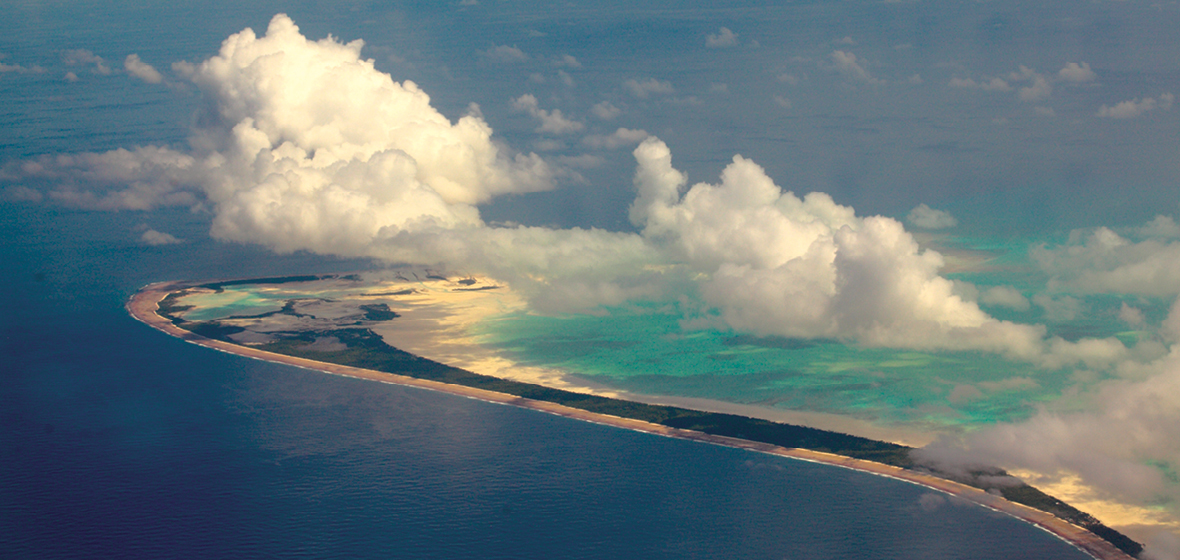Snapshot
- Climate change, although causing individuals to flee their country of nationality, does not by itself establish refugee status
- Individuals adversely affected by climate change can be brought within the Refugee Convention if they establish persecution for one of the five stipulated grounds
Kiribati is a society in crisis. The Kiribati atolls, just three to four metres above sea level, experience coastal inundation, residential flooding, salt water intrusion onto arable land, declining fresh water, sewerage contamination, deteriorating health, overcrowding, social tension, violence and conflict. Life is insecure.
Article 1A(2) of the Refugee Convention 189 UNTS 137 defines refugees as persons who, owing to a well-founded fear of persecution for reasons of race, religion, nationality, membership of a particular social group or political opinion, are outside their country of nationality and unable or unwilling to avail themselves of its protection.
In AF (Kiribati) [2013] NZIPT 800413, Mr Ioane Teitiota claimed that he would experience serious harm from climate change. Kiribati was unable to protect him. A New Zealand refugee and protection officer decided he was not a refugee. The Immigration and Protection Tribunal (the tribunal) affirmed, and applications for leave to appeal were dismissed by the High Court of New Zealand and the Court of Appeal. This note considers why – and some implications for Australian refugee law.




